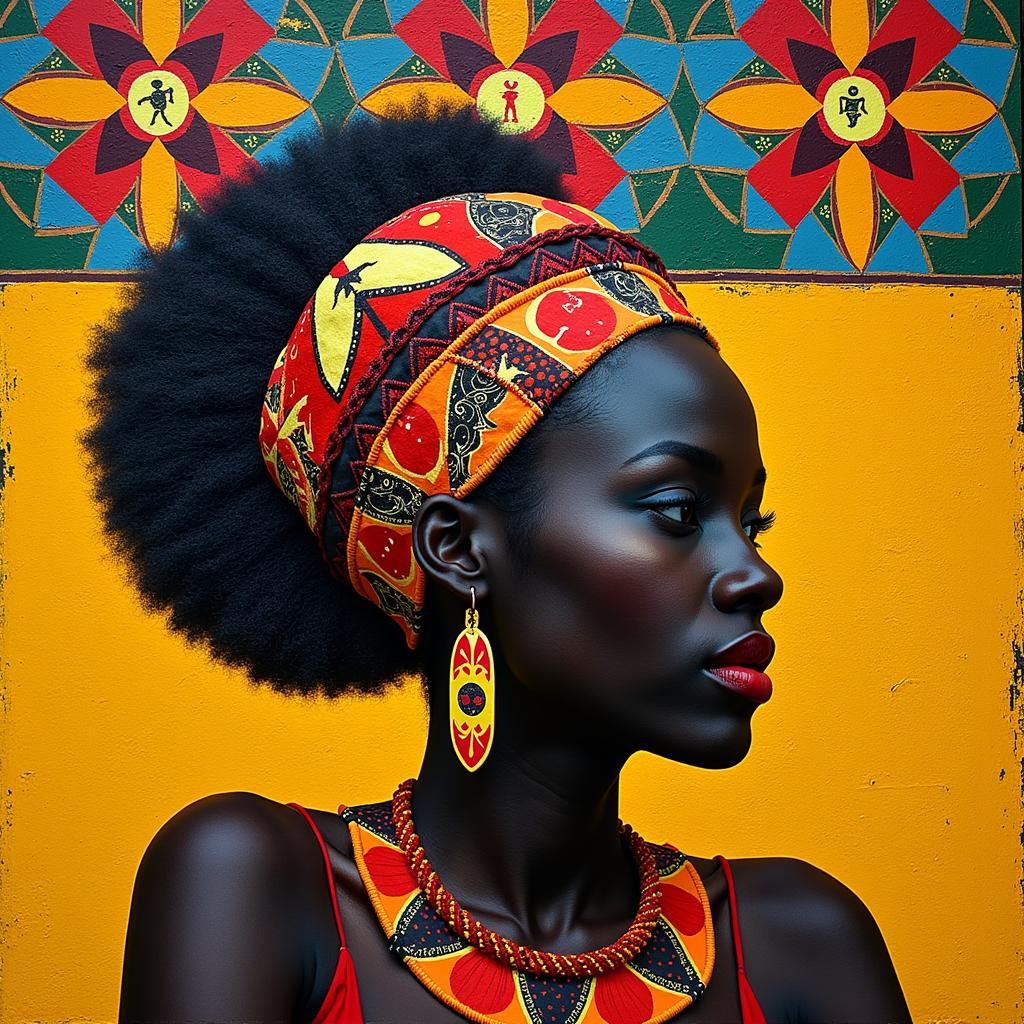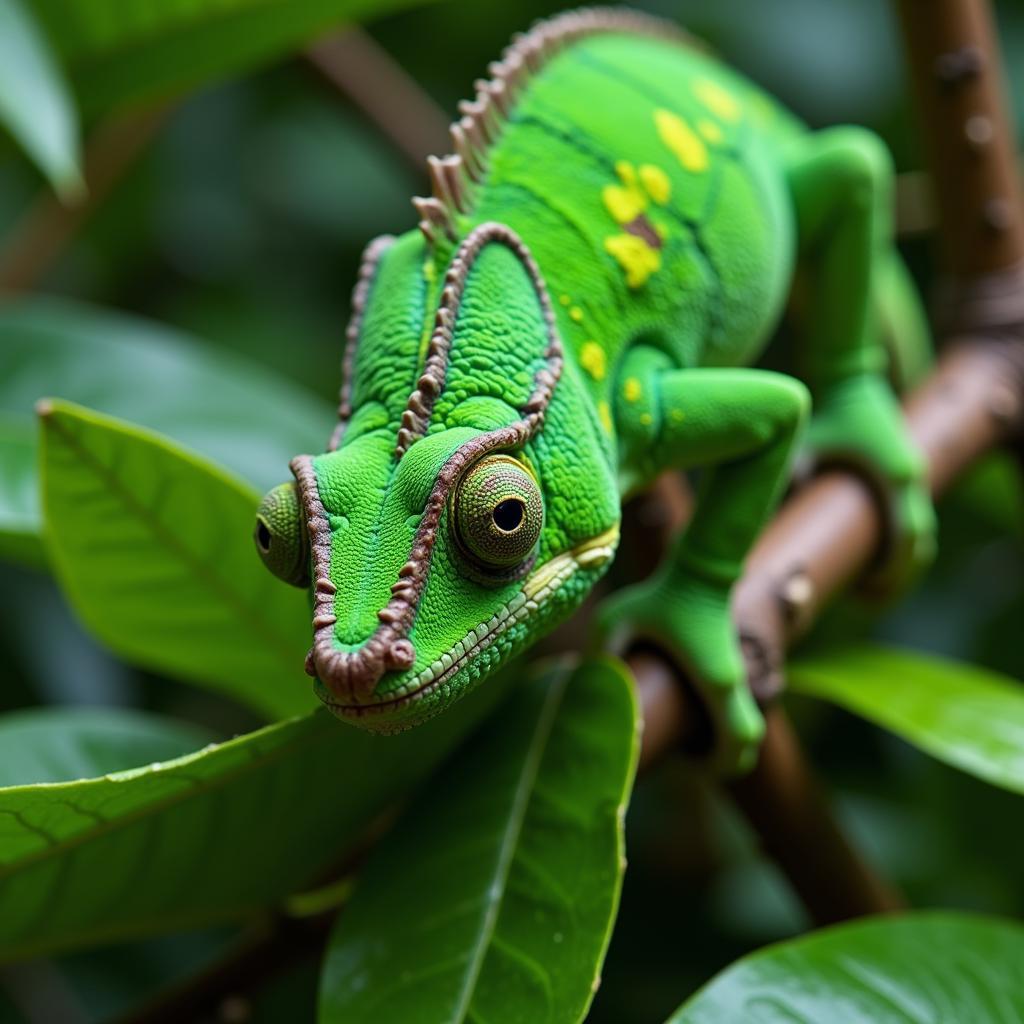African Lady Mural Designs: A Celebration of Beauty, Strength & Heritage
African Lady Mural Designs are experiencing a surge in popularity, transforming urban landscapes and homes into vibrant canvases of cultural appreciation. These striking murals are much more than just decorative pieces; they are powerful symbols of beauty, strength, and heritage, reflecting the diverse narratives of African women across history and society.
Unmasking the Allure: Why African Lady Murals Resonate
The growing fascination with African lady mural designs stems from a global shift toward inclusivity and representation. People are drawn to the captivating narratives woven into these artworks, celebrating the resilience, grace, and dynamism of African women.
 Woman with colorful headwrap in a mural
Woman with colorful headwrap in a mural
More than just aesthetics, these murals are powerful tools for social commentary, often addressing issues like gender equality, female empowerment, and reclaiming narratives. They challenge stereotypes, spark conversations, and inspire change, making them particularly impactful in today’s socially conscious world.
Decoding the Symbolism: Beyond the Strokes
Every element in African lady mural designs carries profound meaning, adding layers of storytelling to the artwork. From hairstyles and jewelry to clothing and poses, each detail contributes to the overall message and narrative.
- Headwraps: Often seen in vibrant colors and intricate folds, headwraps are powerful symbols of African identity, signifying pride, tradition, and spirituality.
- Jewelry: The use of beads, cowrie shells, and other traditional materials speaks volumes about cultural heritage, lineage, and social status.
- Adinkra Symbols: Originating from Ghana, these symbols often appear in murals, representing concepts like wisdom, strength, and unity.
 Mural detail featuring Adinkra symbols
Mural detail featuring Adinkra symbols
Finding the Perfect Mural: A Guide for Art Enthusiasts
Choosing the right African lady mural design for your space involves considering the overall aesthetic, message you want to convey, and the emotional response you wish to evoke.
- Research Artists: Seek out artists whose style and values resonate with yours. Many talented African artists specialize in mural art, each with their unique approach and perspective.
- Consider Your Space: The size and location of the mural will influence the design choice. Larger murals work well on expansive walls, while smaller ones can add character to specific areas.
- Color Palette: Colors play a vital role in setting the mood and tone. Bold, vibrant colors evoke energy and vibrancy, while muted tones create a sense of calmness and reflection.
Maintaining Your Mural: Preserving the Legacy
African lady mural designs are investments in art and cultural expression, and preserving their beauty requires proper care and maintenance.
- Regular Cleaning: Dust and debris can accumulate on the mural’s surface, dulling its vibrancy. Gentle cleaning with a soft brush or cloth is recommended.
- Protective Sealant: Applying a UV-resistant sealant can protect the mural from fading caused by sunlight exposure.
- Professional Restoration: For any significant damage, it’s best to consult with professional art restorers to ensure proper repair and preservation.
 Large exterior African lady mural
Large exterior African lady mural
Conclusion: Embracing the Power of Art & Representation
African lady mural designs are more than just paintings on walls; they are visual narratives that celebrate the strength, resilience, and beauty of African women. As these murals continue to grace spaces worldwide, they serve as powerful reminders of the importance of representation, inclusivity, and cultural appreciation. Each brushstroke tells a story, invites dialogue, and inspires a deeper understanding of the diverse narratives woven into the rich tapestry of African heritage.
